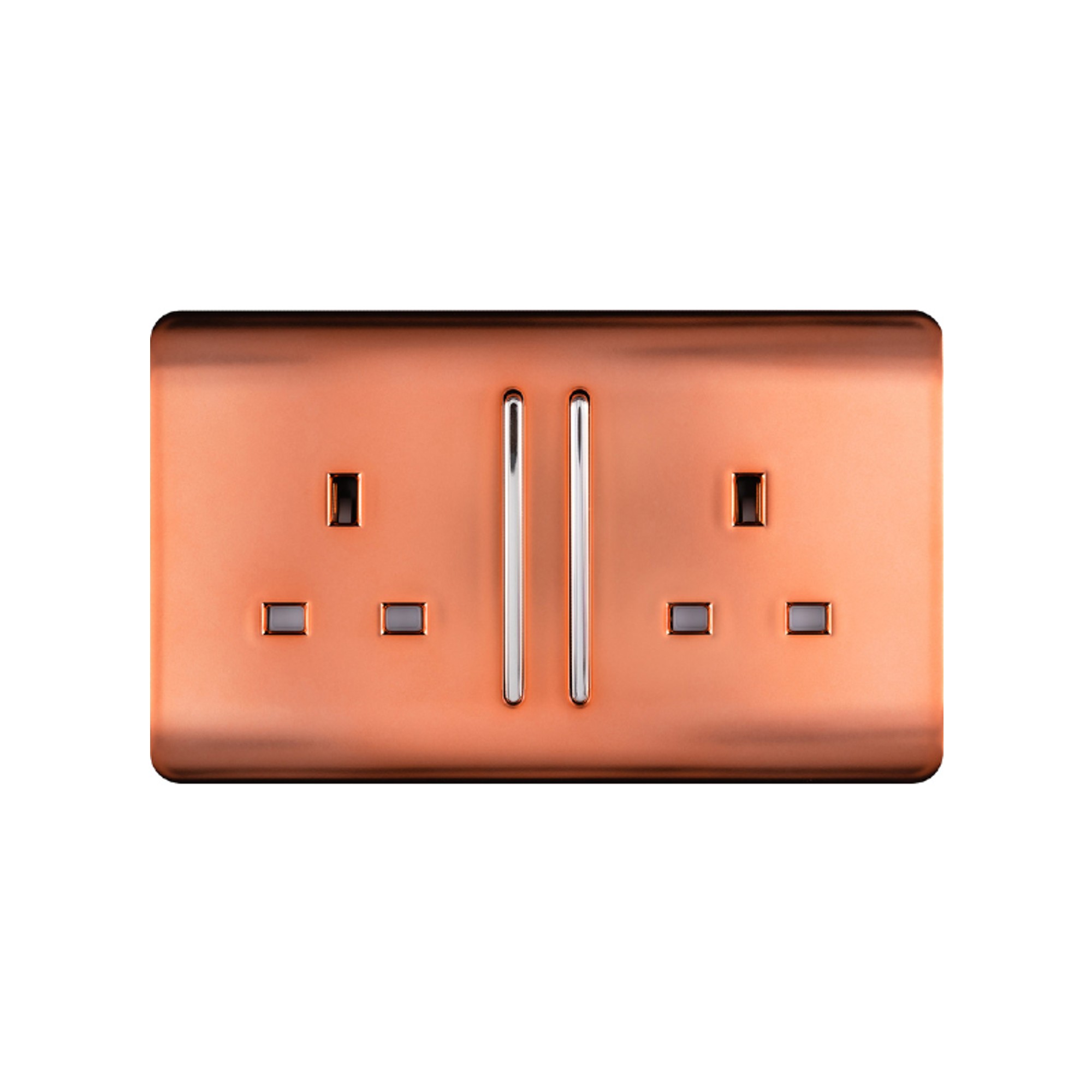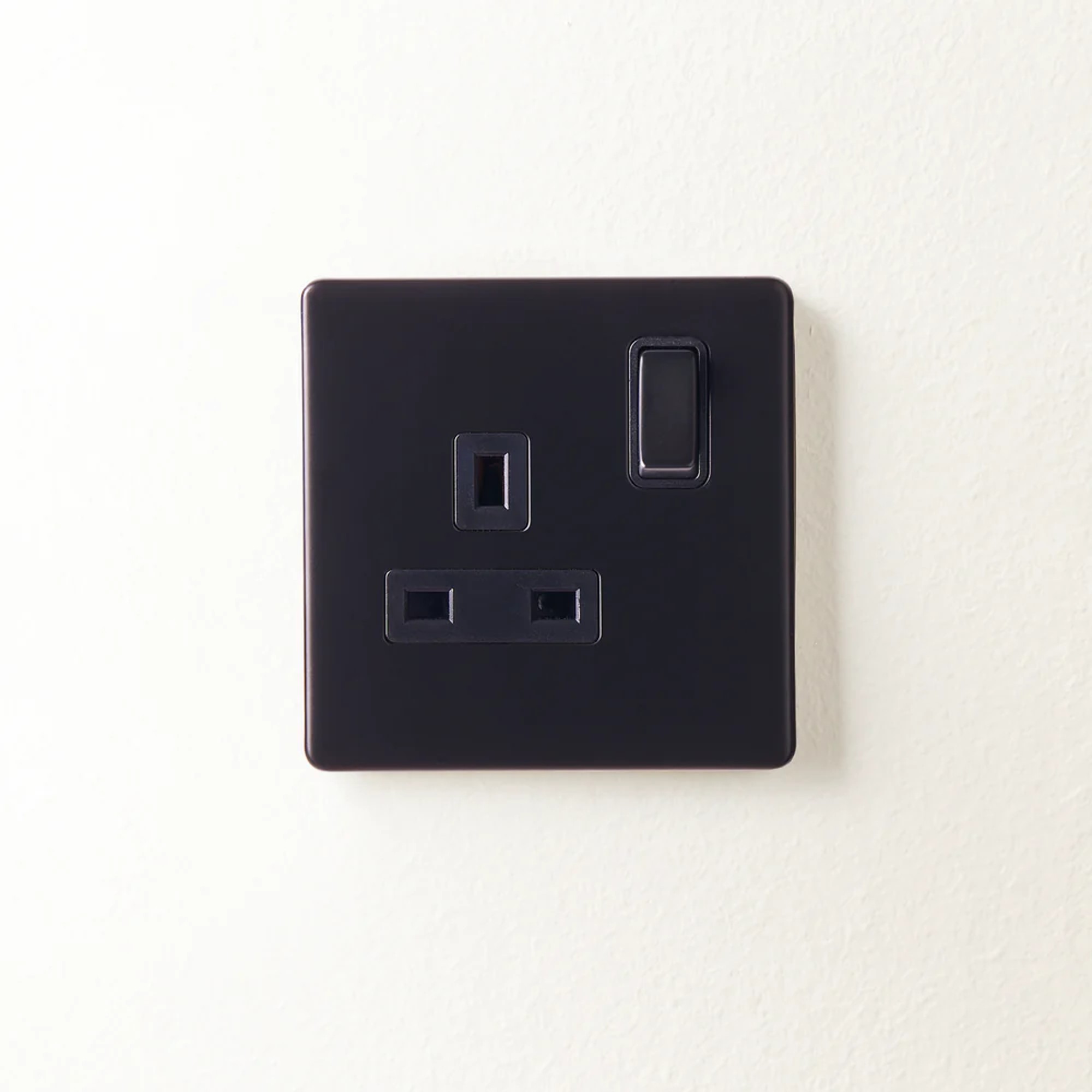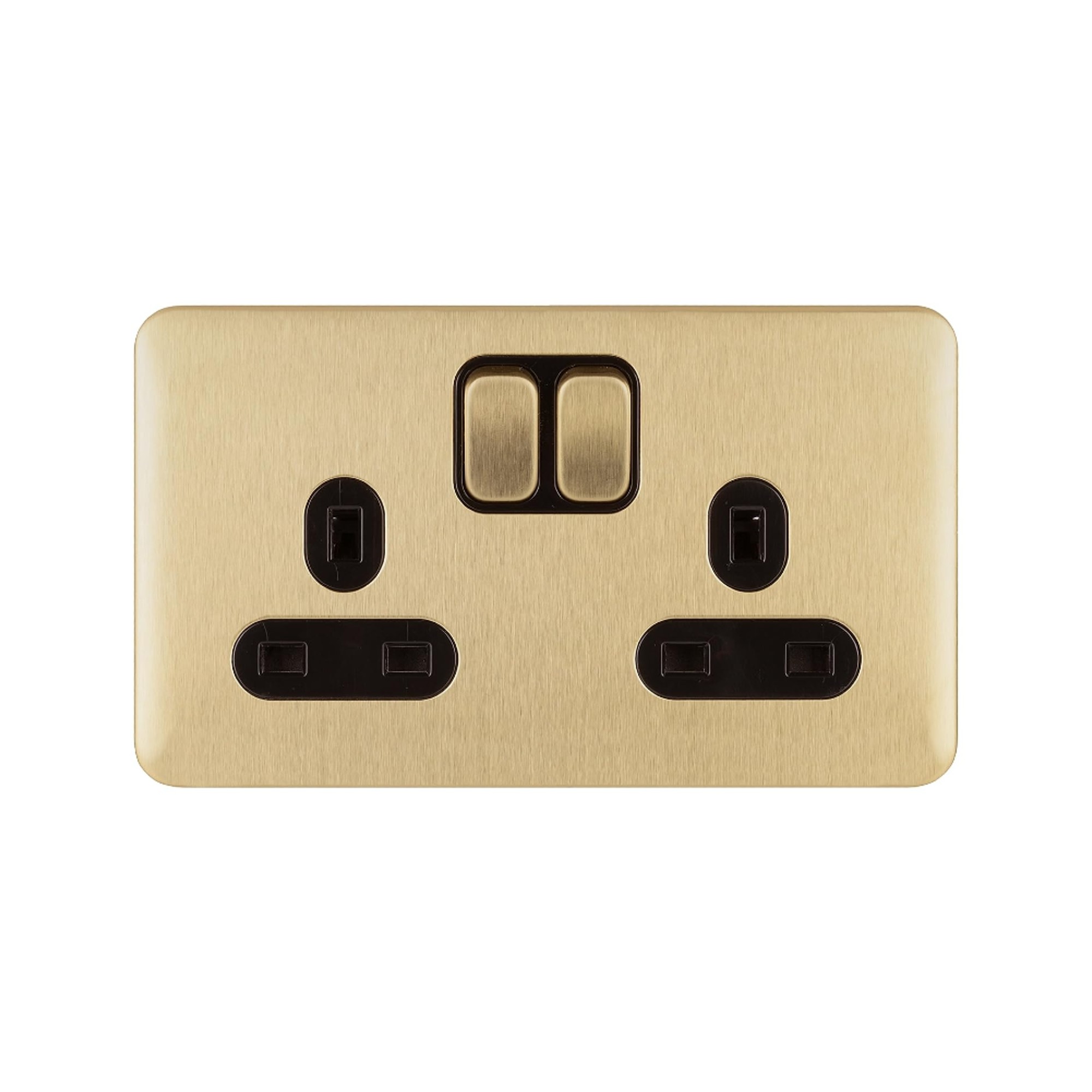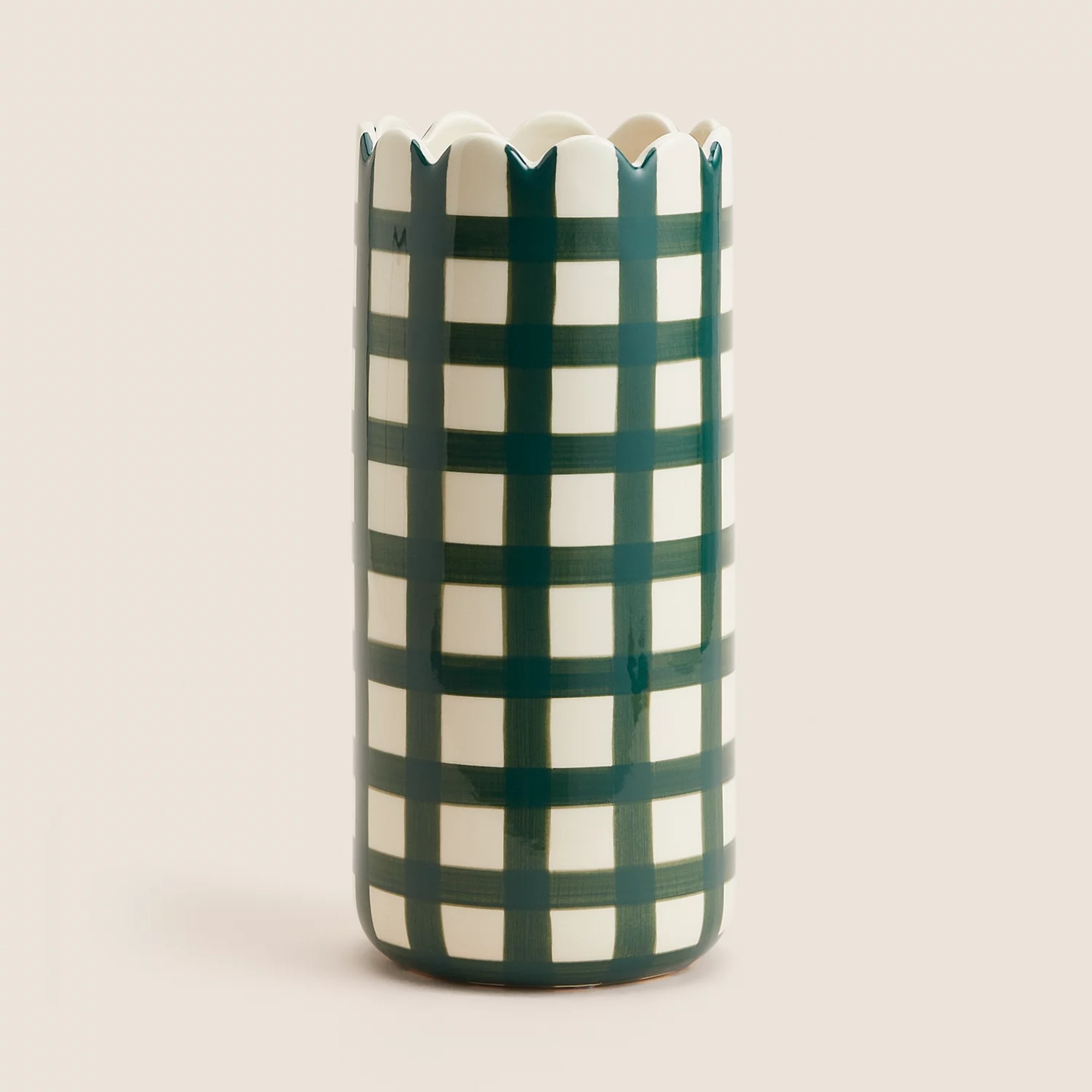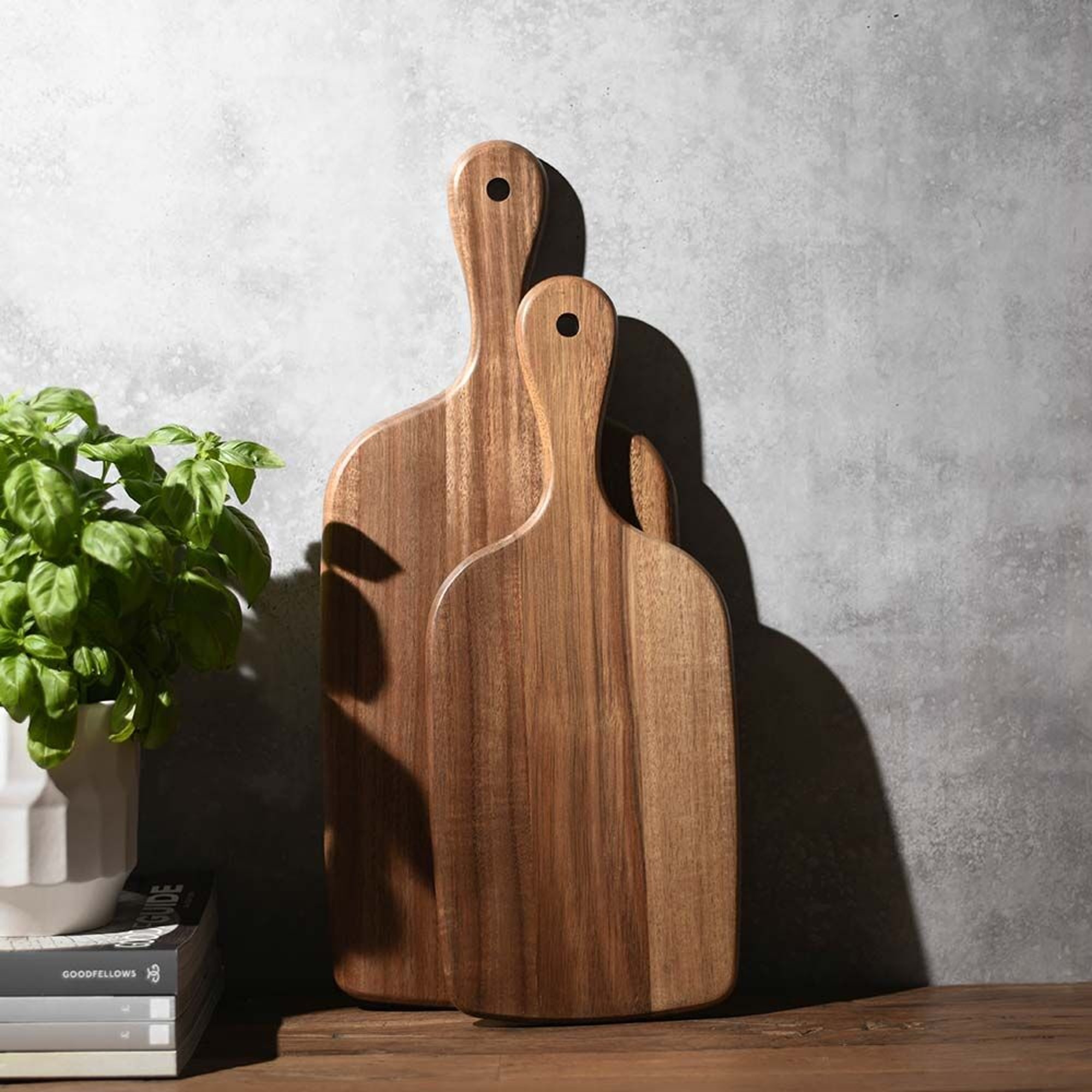5 ways to hide plug sockets in your kitchen for a seamless and uncluttered look
This is how experts marry style and practicality when it comes to kitchen plug sockets
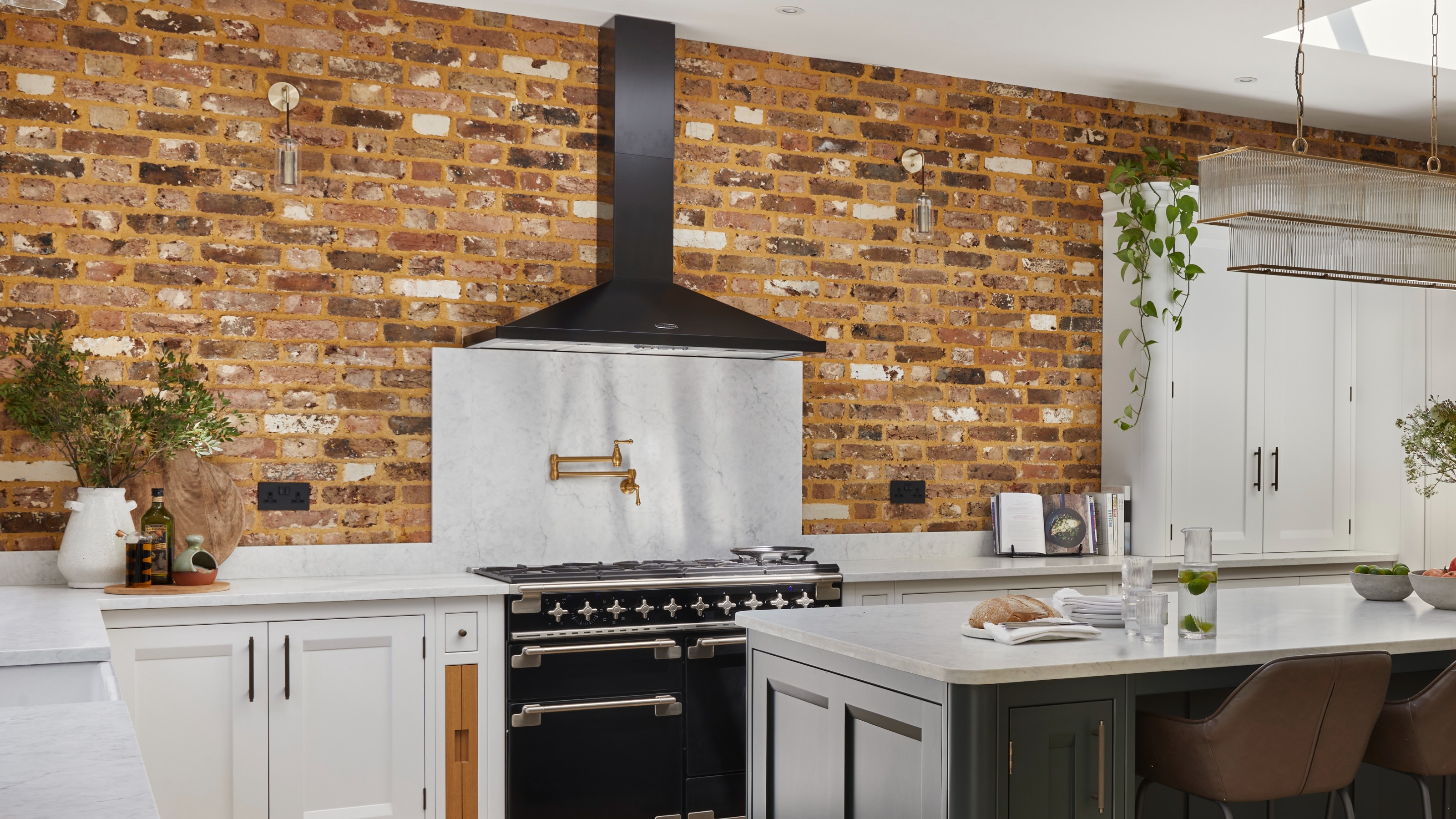

Electric appliances have become necessary essentials in most kitchens, which means we need an outlet to plug them into. But plug sockets are not exactly known for being particularly pleasing to the eye. So knowing how to hide plug sockets in a kitchen will help maintain that streamlined look most of us aspire to.
Since plug sockets are a must-have part of any home and any modern kitchen idea, we can’t do without them. But we can certainly hide them with some clever design and decorating tricks. Which is exactly what kitchen design experts do.
They’ve shared 5 of their top tips on how to conceal your kitchen plug sockets.
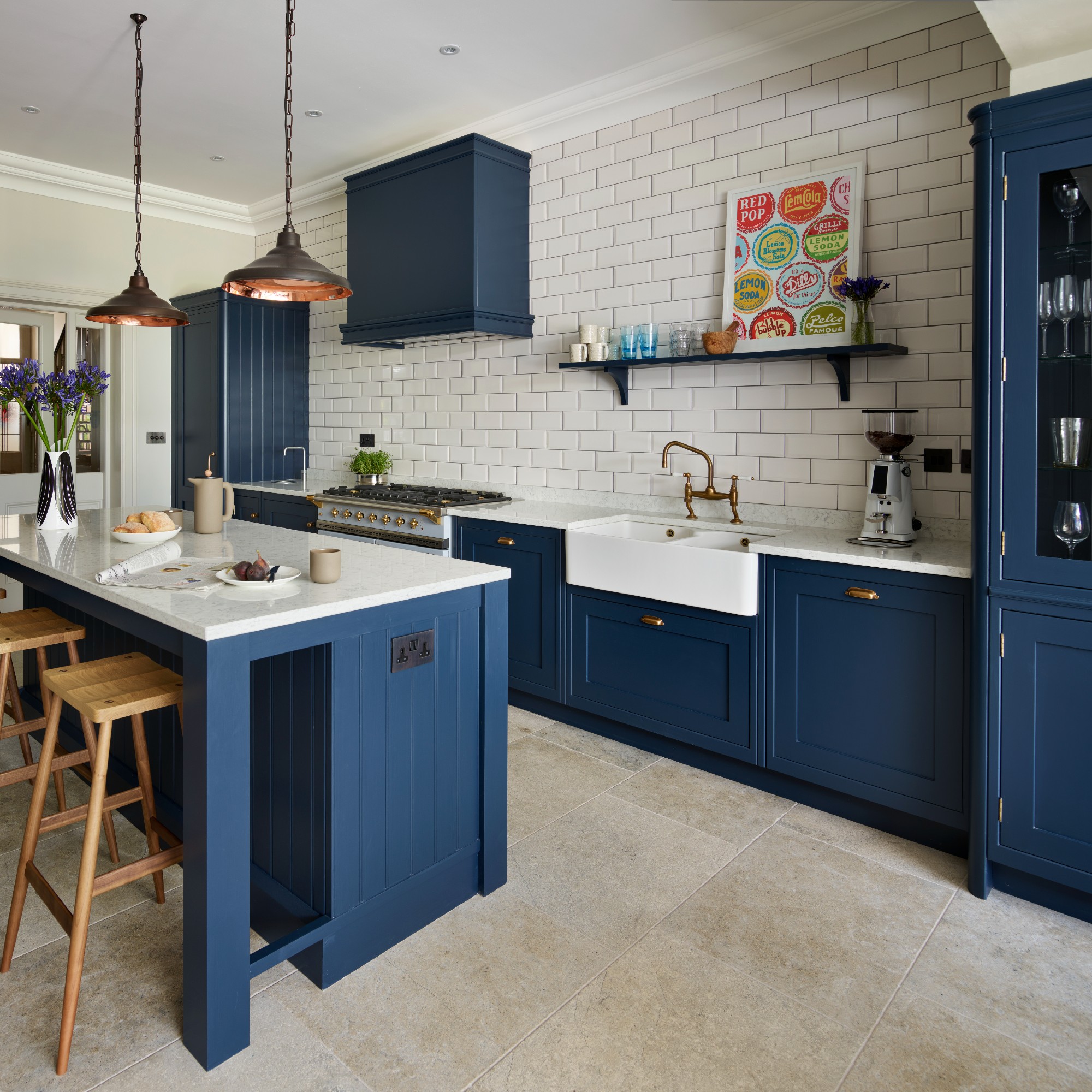
How to hide plug sockets in a kitchen
Even though the ‘kitschens’ home decor trend may be replacing the quiet luxury look, a seamless, uncluttered look to your kitchen will never go out of style.
‘Kitchens need to function as practical spaces where cooking can take place. To do this, we need various tools and devices on hand which need to be powered,’ says Richard Davonport, managing director at Davonport. ‘However, plug sockets can spoil the aesthetics or uninterrupted clean lines that many of us strive to achieve.’
Vicky Ashton, designer at Willis & Stone, adds, ‘In kitchen design, seamlessly integrating plug sockets is essential for achieving a sleek and uncluttered look.’
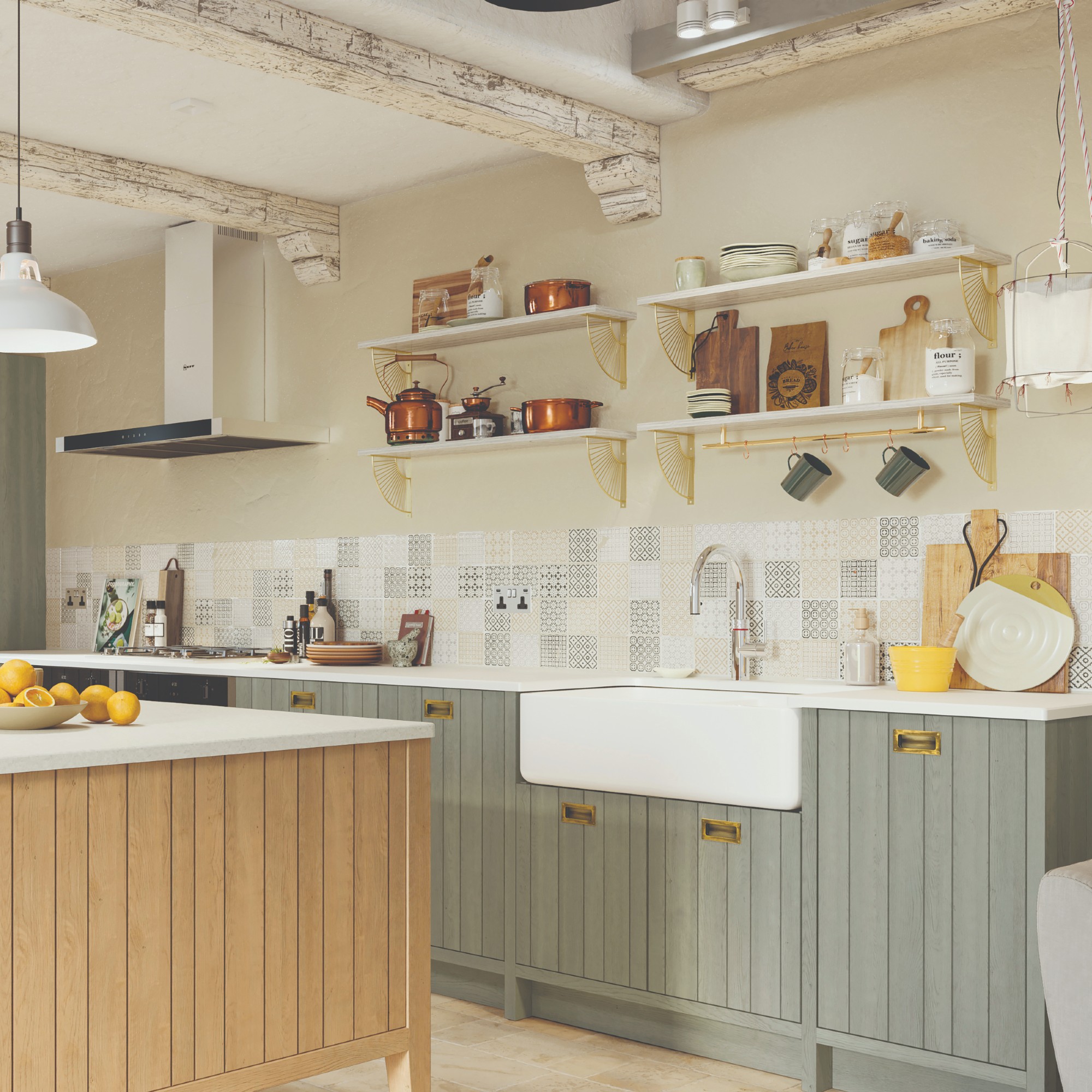
1. Match outlets to your kitchen surfaces
‘A creative way to hide sockets is to match the colour or material of a socket to your splashback, cabinet or worktop,’ starts Ashleigh Hanwell, senior designer at Second Nature. ‘This means the sockets are still within easy reach but are better camouflaged.’
Get the Ideal Home Newsletter
Sign up to our newsletter for style and decor inspiration, house makeovers, project advice and more.
Or instead of ‘camouflaging’ them, you can make a feature out of your sockets by matching their finish to your kitchen’s hardware or overall aesthetic.
‘Sometimes it is impossible to tuck all plug sockets away as you still need to retain some practicality in your kitchen. Manufacturers understand this which is why there are now so many options in terms of colours and finishes so that they can aesthetically enhance the space,’ Richard says. ‘For example, brick walls can suit industrial style plug sockets in black or bronze finishes, which when matched with kitchen hardware, can add rather than detract from how the space looks.’
2. Hide them with a chopping board and decor
Kitchens are often treated as a very utilitarian space. But it’s important to remember it’s a room in your home like any other so you can treat it and decorate it that way. You can employ some of your favourite home decor trends in the kitchen through something like a lovely vase filled with flowers placed strategically on the worktop, covering a plug socket.
‘Play around with your kitchen decor, a stylish chopping board or vase on a countertop or shelf can be a great way to hide plugs and wiring when not in use,’ says Sinead Trainor, kitchen category manager at LochAnna Kitchens.
Jane Thyeson, design lead at Smile Kitchens, continues, ‘If you’re not looking to change the location of your sockets but don’t want them on display, a simple trick is to incorporate decorative elements such as artwork, strategically placed kitchen tools, or small appliances to partially conceal outlets from direct view whilst adding aesthetic value to the kitchen.’
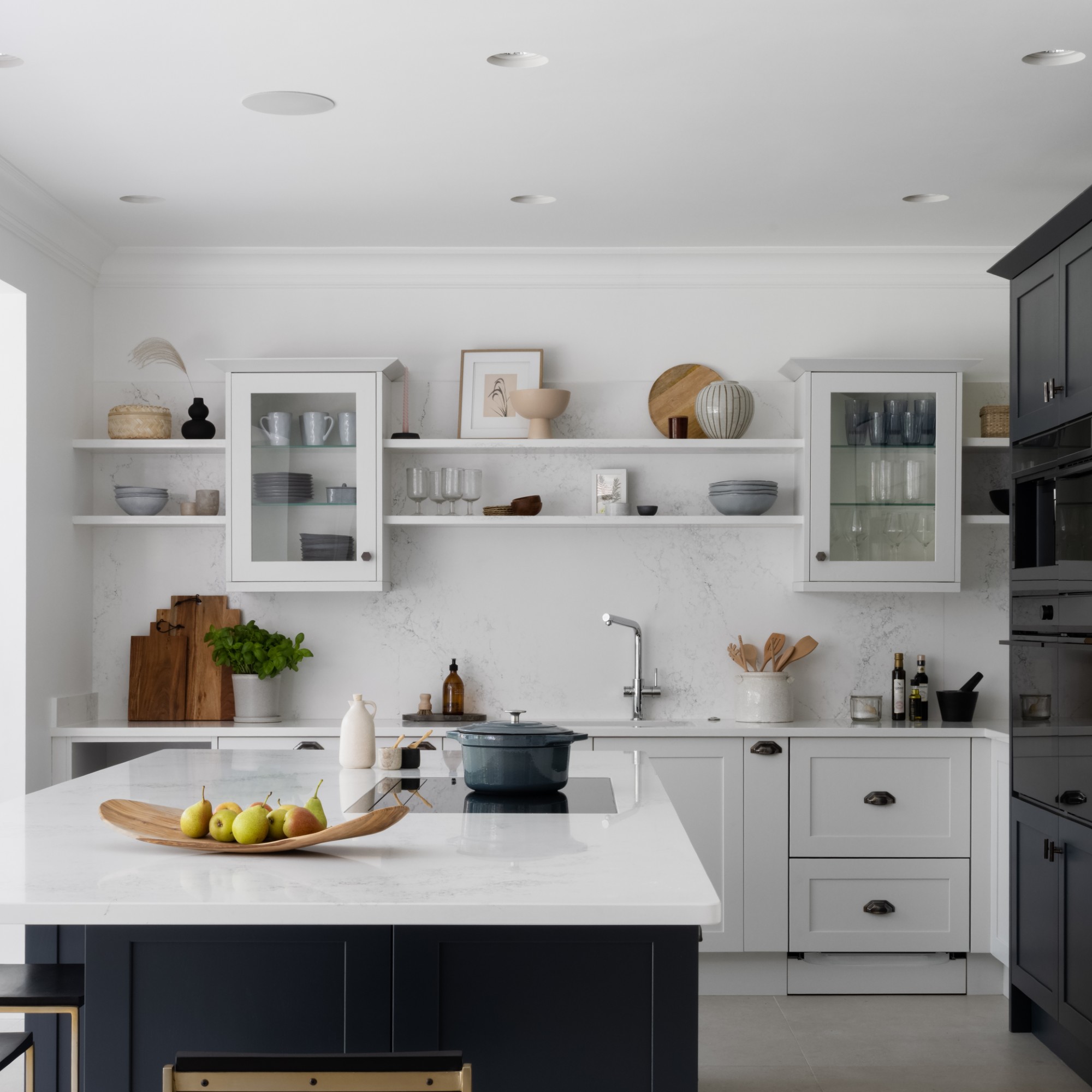
3. Install a pop-up socket tower
If you are at the designing stage, or can make bigger changes to your kitchen than adding a chopping board, then installing a pop-up socket tower like this one from Amazon is a good way to conceal your outlets when not in use.
‘One effective approach is to incorporate pop-up or retractable socket towers directly into the countertop. These discreet solutions remain hidden when not in use, maintaining the beauty of the kitchen while providing convenient access to power when needed,’ Vicky at Willis & Stone recommends.
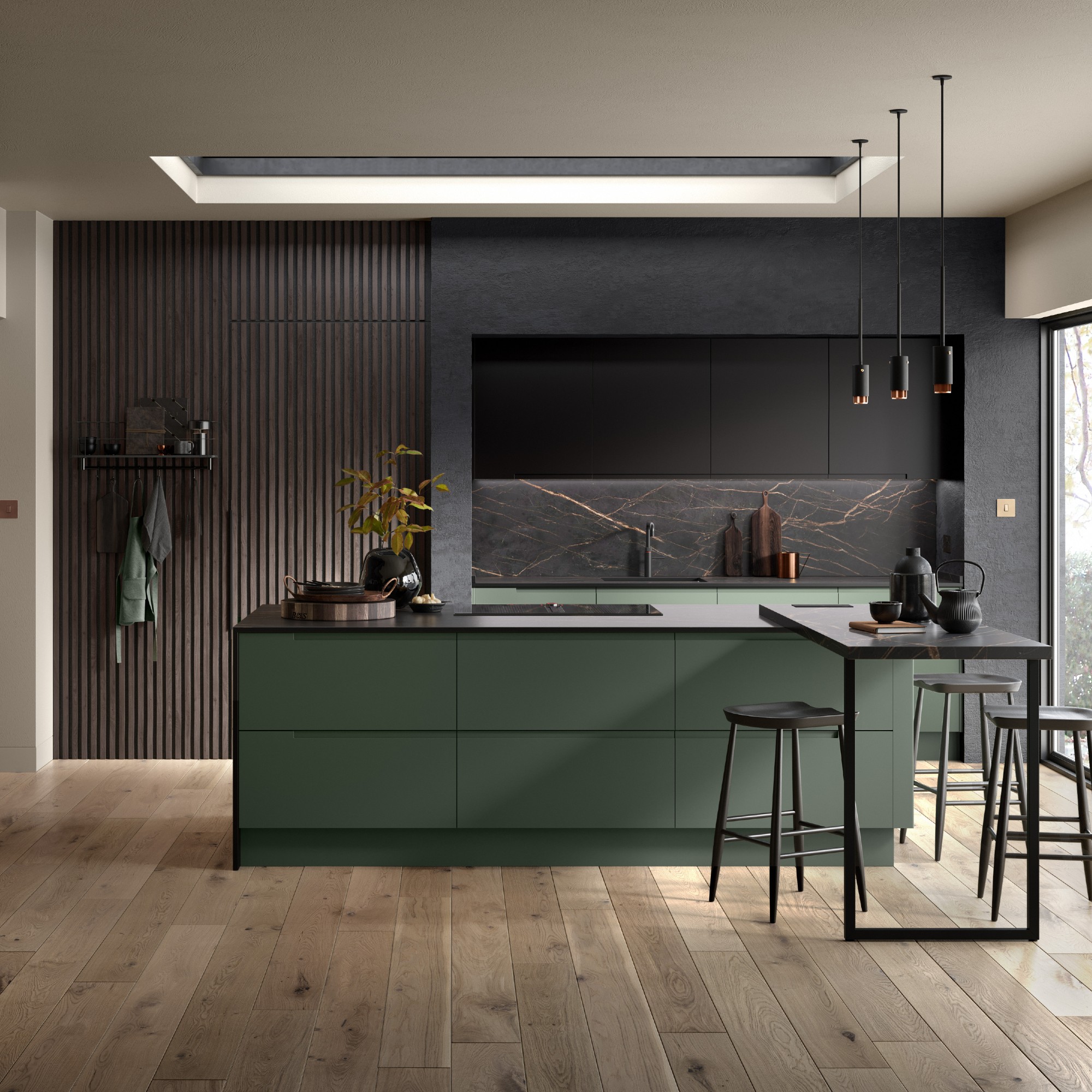
4. Incorporate an appliance garage
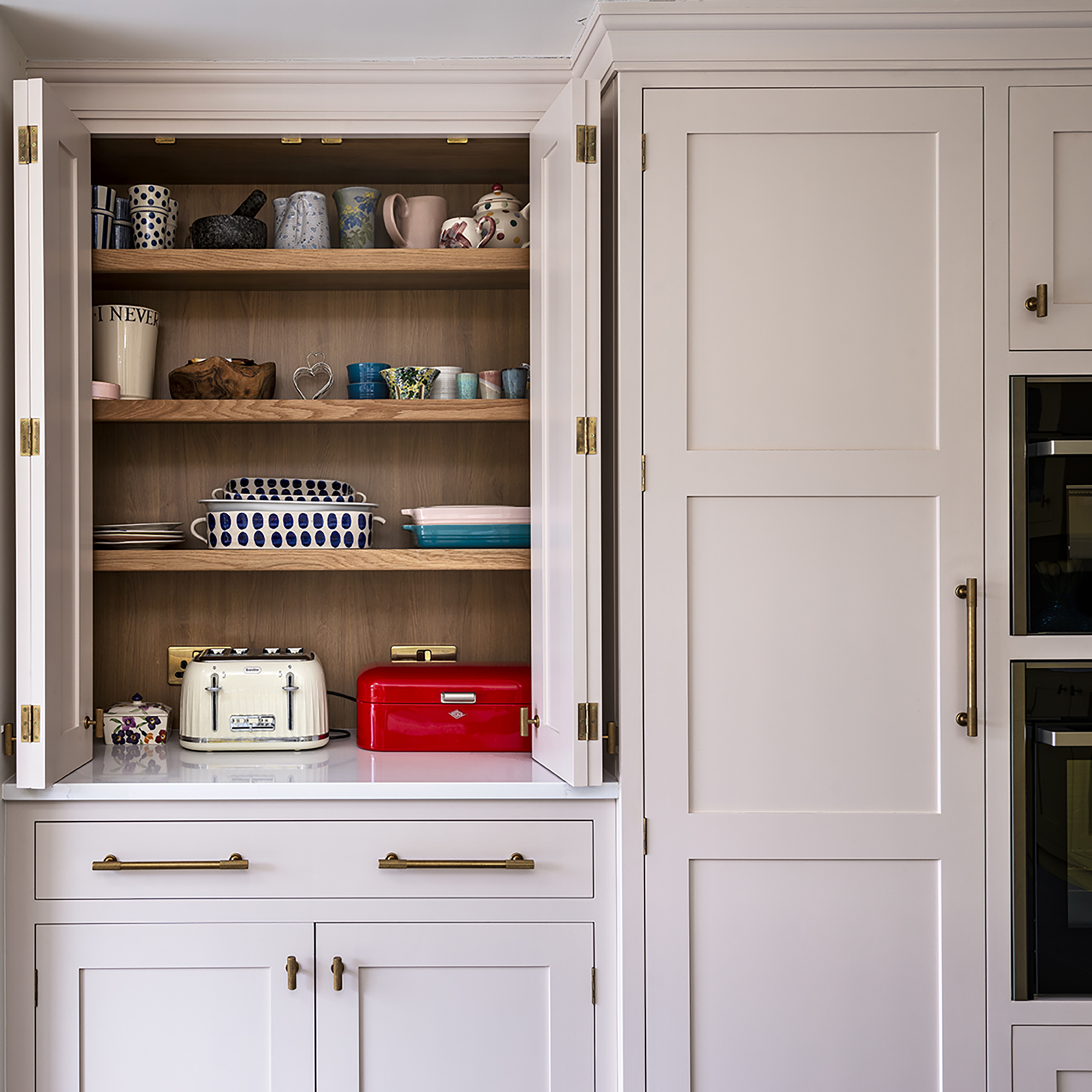
‘We’re huge advocates of pantry cupboards and appliance garages, where small appliances can be stored but easily accessed such as toasters and coffee machines,’ says Richard at Davonport. ‘Having plugs installed at the back of the cupboards means everything can be plugged in, wires tucked away, and it reduces the need to have additional plugs out on show in the kitchen.’
Appliance garages were one of the biggest kitchen trends of 2023. But they are going to be just as big in the new year because of their ingenious convenience.
5. Position your sockets underneath cabinets
If you’re currently planning out a new kitchen or a renovation where you can change the placement of your plug sockets, then positioning them underneath cabinets or worktops is a great way to disguise them.
‘You could consider installing plug sockets underneath the upper cabinets. This positioning hides them from direct view whilst providing convenient access for small appliances without cluttering the walls,’ Jane at Smile Kitchens advises.
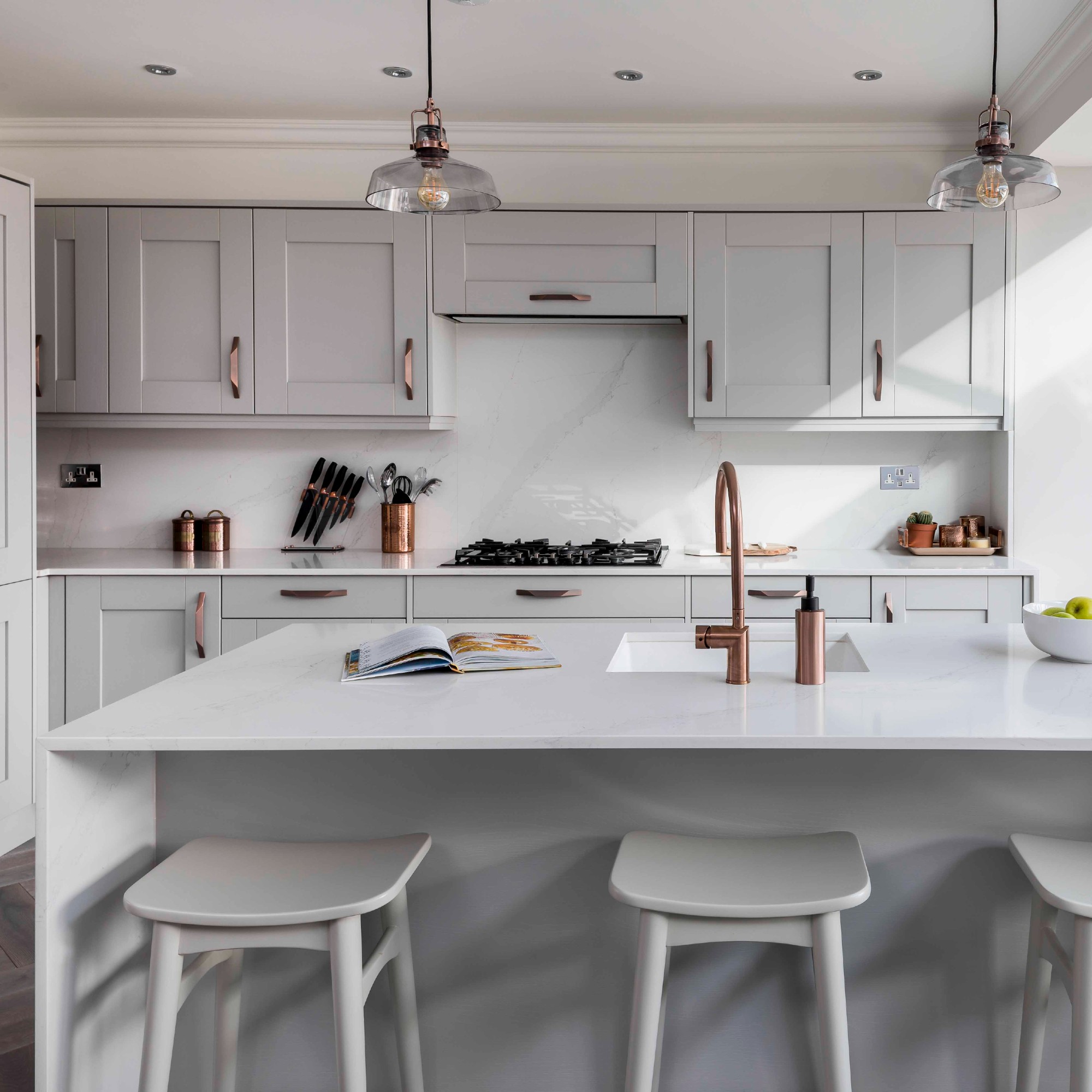
Ashleigh at Second Nature agrees, ‘Installing them underneath worktops and cabinets, especially under islands for example, keeps them accessible while minimising their visual impact.’
And that’s how you keep your kitchen looking sleek, uncluttered and stylish at that.

Sara Hesikova has been a Content Editor at Ideal Home since June 2024, starting at the title as a News Writer in July 2023. She is now also the Ideal Home Certified Expert in Training on Furniture, and so far has tested 80 different sofas.
Graduating from London College of Fashion with a bachelor’s degree in fashion journalism in 2016, she got her start in niche fashion and lifestyle magazines like Glass and Alvar as a writer and editor before making the leap into interiors, working with the likes of 91 Magazine and copywriting for luxury bed linen brand Yves Delorme among others.
-
 Will a conservatory add value to your home and how can you maximise it?
Will a conservatory add value to your home and how can you maximise it?This is what the pros say
By Amy Reeves
-
 I’ve been looking for a new signature scent for my home and The White Company's new fragrance is the exact summer holiday smell I needed
I’ve been looking for a new signature scent for my home and The White Company's new fragrance is the exact summer holiday smell I neededSantorini smells fresh, summery and sophisticated
By Kezia Reynolds
-
 How to remove algae from garden walls in five steps – and the cleaning product experts rave about for tackling it fast
How to remove algae from garden walls in five steps – and the cleaning product experts rave about for tackling it fastExperts share their top tips for getting garden walls algae-free
By Katie Sims
